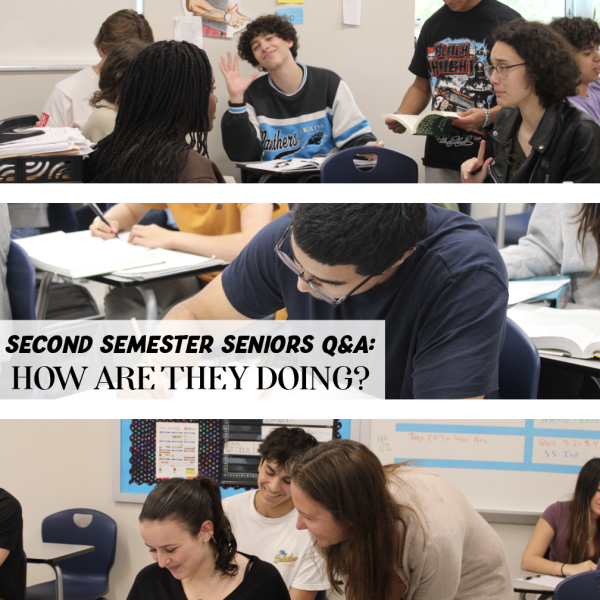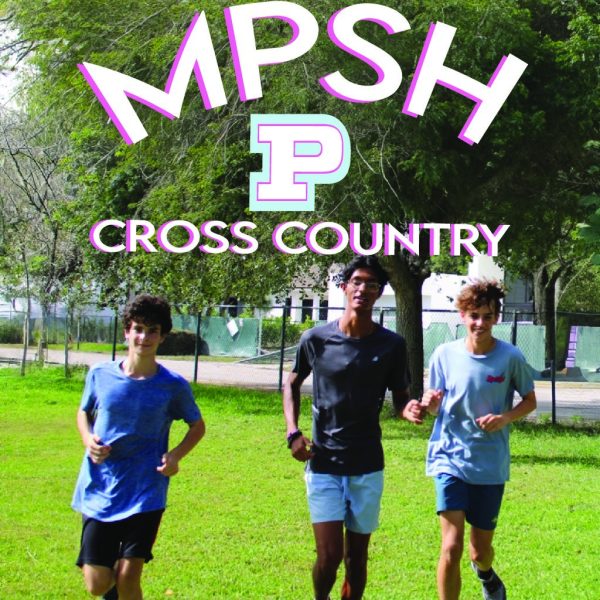How to Avoid Fake News
January 26, 2020
Through the internet and social media, news sources have expanded their reader base through websites and accounts, making their information accessible to practically anyone. At the same time, the internet makes it easy for fake news to spread, whether through a scammer, fake news site or simply somebody who does not know all of the necessary information. As a result, one must be vigilant about verifying the news they read and investigating red flags a story may include.
Reading the headlines
Sometimes, the headline of a story can seem absurd or even too good to be true. As a result, one must look deeper into the story to verify its accuracy — or determine if it is even accurate at all. If the story causes a strong emotional reaction, asks you to spend money, seems completely absurd or makes you want to share the story with others, you should question the story by reading its content. Satirical news sites such as The Onion attract readers with their absurd and false headlines.
Article Sourcing
Finding a story’s original website or sources remains another crucial aspect of a story’s credibility. If a story’s news publication site or page is new or unfamiliar, research the source. What kind of stories have they published before? Do the stories seem accurate?
Also, an original story’s date reflects the story’s relevance. If the story came out a few weeks ago, then information may be outdated or inaccurate.
Sometimes the sourcing of a story can be unclear. Screenshots of an article on social media or reposts online make it difficult to find the original story. To discover more information about the subject, make a quick search using keywords from the story. If an account posts a story on social media platforms such as “Twitter” or “Instagram,” check the verification of the account. If the account has no verification, check the account’s past posts. Have they posted recent and reasonable content, or does the account have little to no posts with few followers?
Sourcing and links
Most good, credible stories use evidence and links to support their writing. Checking a story’s sources, interviews, direct quotes or documents help confirm the accuracy of the story.
Almost always, professional journalists using first-hand interviews or direct quotes from a real person will use real quotes. If a news story includes a link such as a press release or legal document available to the public, read through the document to see if it supports the article’s claims. If a news story includes a photo or video, run a reverse image search to discover its original date. Looking up keywords or a video’s title on platforms like “YouTube” can also help people find the original sourcing of the video.
Context
Some information or stories are misleading or do not include all of the necessary, relevant information. Partisan news sites, for example, may leave out important details or exaggerate certain facts. Check a story’s evidence, but also read stories from other news sites to see how they present the story.
Conclusion
Although many stories on the internet can be inaccurate, most are, for the most part, true. An article’s sources, context, headlines, date and links reflect the accuracy of the story. By independently fact-checking and verifying information, one can better understand the story and the truth.



















